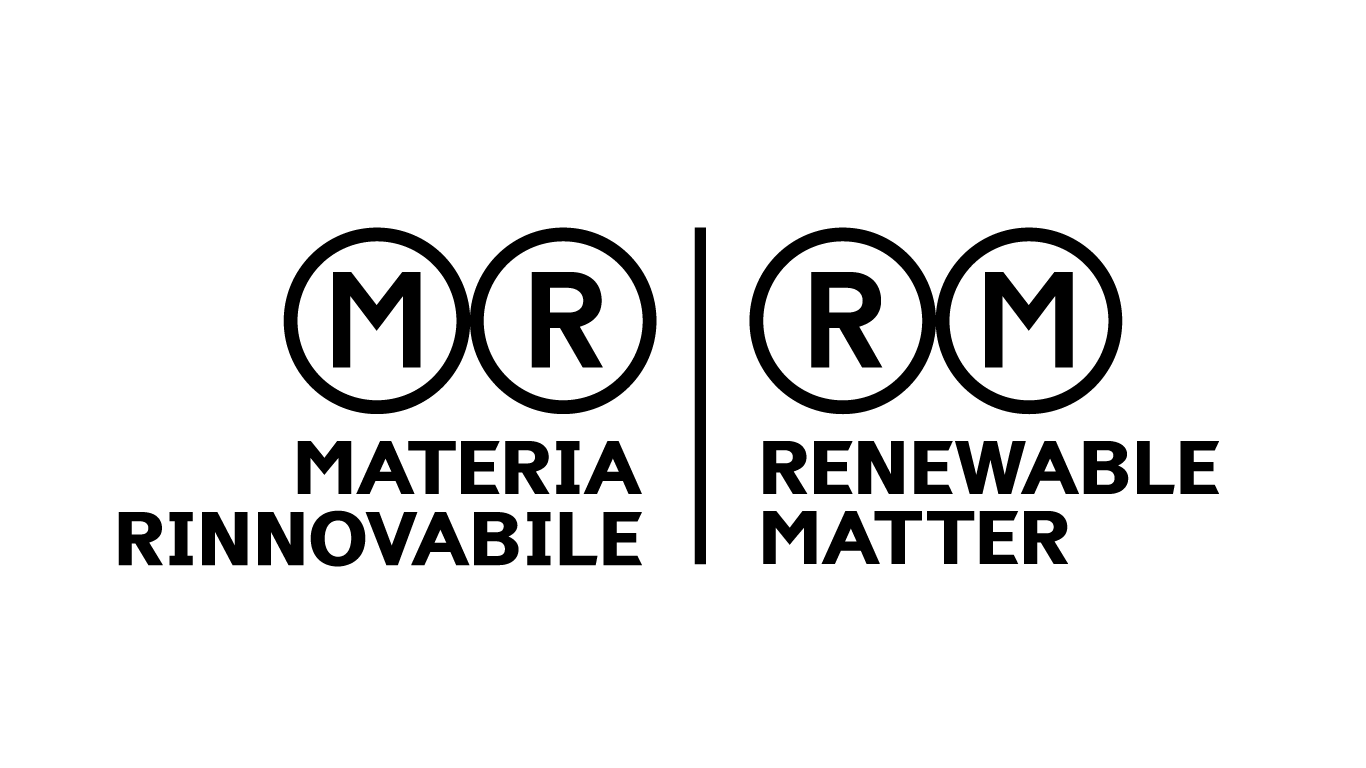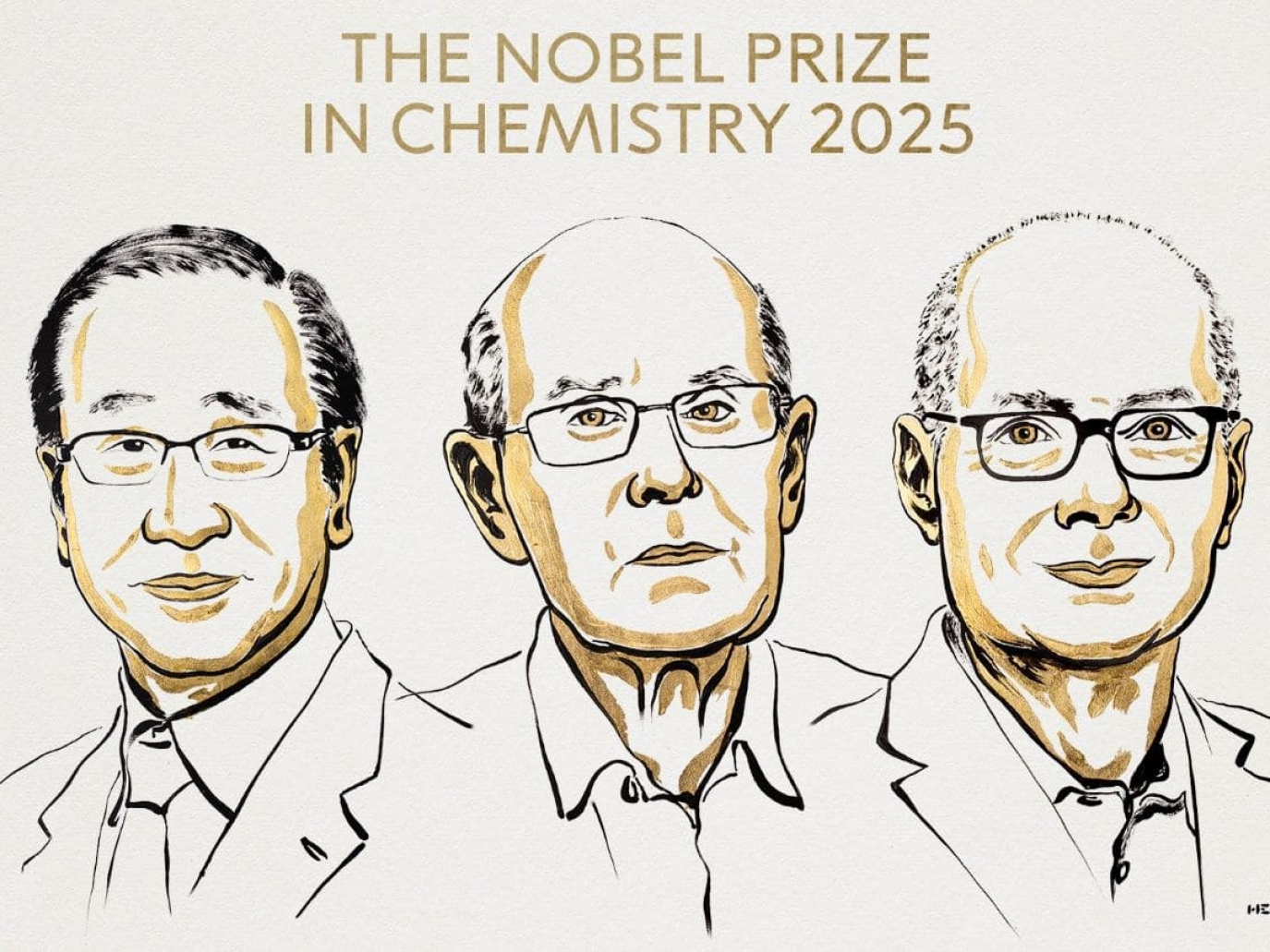
The 2025 Nobel Prize in Chemistry honors a scientific breakthrough that could reshape how humanity interacts with its environment. Susumu Kitagawa, Richard Robson and Omar Yaghi have been awarded for developing metal-organic frameworks (MOFs), crystalline materials built from metal ions and organic linkers that create intricate molecular architectures with vast internal spaces. These structures allow gases and other substances to pass through, be captured or transformed—unlocking revolutionary applications in carbon capture, water harvesting, catalysis and clean energy systems.
The laureates’ achievement marks a turning point in molecular chemistry. “Metal-organic frameworks have enormous potential, bringing previously unforeseen opportunities for custom-made materials with new functions,” says Heiner Linke, Chair of the Nobel Committee for Chemistry. MOFs are now among the most versatile materials in existence, combining the precision of molecular design with macroscopic utility. Their modular composition—metal ions as cornerstones linked by organic molecules—enables scientists to tune their properties with exceptional accuracy, tailoring them to specific industrial and environmental purposes.
From fragile crystals to industrial solutions
The story of MOFs began in 1989, when Australian chemist Richard Robson explored how atoms could self-assemble into novel molecular networks. He combined positively charged copper ions with a four-armed molecule, each arm terminating in a group attracted to copper. The result was a crystalline structure with a diamond-like geometry filled with microscopic cavities—essentially a molecular sponge.
Although Robson immediately recognized its potential, the crystal’s instability made it collapse easily. The foundations of the field were laid when Japanese chemist Susumu Kitagawa and Jordanian-American scientist Omar Yaghi independently advanced the concept between 1992 and 2003. Kitagawa discovered that gases could move in and out of the structures, demonstrating that MOFs were not just static cages but dynamic systems. He also predicted that they could be engineered to flex in response to external stimuli.
Yaghi’s contribution provided the missing stability and versatility. He developed a new generation of MOFs that were robust, highly porous and modifiable by rational design—a method allowing chemists to adjust pore size, shape and chemical affinity to capture specific molecules. His approach turned the fragile concept into a practical technology. These frameworks, sometimes boasting surface areas exceeding 7,000 square meters per gram, have since been used to adsorb gases, store hydrogen, filter pollutants and even conduct electricity.
Transformative potential for sustainability
The implications of MOFs reach far beyond laboratory chemistry. In the three decades since their discovery, scientists have synthesized tens of thousands of variations. Many are now considered potential solutions to some of the world’s most pressing environmental challenges. MOFs can selectively capture carbon dioxide from industrial exhausts, offering a pathway to mitigate emissions from heavy industries. Others are being tested to separate toxic PFAS—so-called “forever chemicals”—from water, or to break down trace pharmaceuticals polluting rivers and aquifers.
Perhaps most remarkably, certain MOFs can harvest water from desert air. Their ultra-porous structures absorb moisture from the atmosphere even in arid conditions, releasing it as clean water when warmed by sunlight. This technology could play a crucial role in addressing global water scarcity, particularly in regions where traditional sources are unreliable or depleted.
The ability of MOFs to catalyze chemical reactions and store gases like hydrogen also positions them at the forefront of the clean energy transition. Their capacity to trap volatile or toxic compounds makes them valuable in energy storage systems and environmental remediation. Moreover, their modularity means they can be scaled or customized for industrial integration, from energy grids to portable purification systems.
From vision to legacy
The Nobel Committee’s decision to recognize Kitagawa, Robson and Yaghi underscores how fundamental research can lead to tangible sustainability breakthroughs. MOFs bridge the gap between chemistry and environmental engineering, enabling the design of “smart materials” that interact intelligently with their surroundings.
What began as an academic curiosity has evolved into a global research field spanning materials science, environmental chemistry and nanotechnology. Thousands of laboratories worldwide now explore the possibilities of MOFs, supported by industrial collaborations in sectors from pharmaceuticals to renewable energy.
The 2025 Nobel Prize in Chemistry celebrates more than a scientific innovation—it honors a paradigm shift in how materials can be designed to serve both humanity and the planet. Through their molecular architectures, Kitagawa, Robson and Yaghi have not only expanded the boundaries of chemistry but also offered practical tools to tackle the grand environmental challenges of our time.
Cover: illustration by Niklas Elmehed © Nobel Prize Outreach



